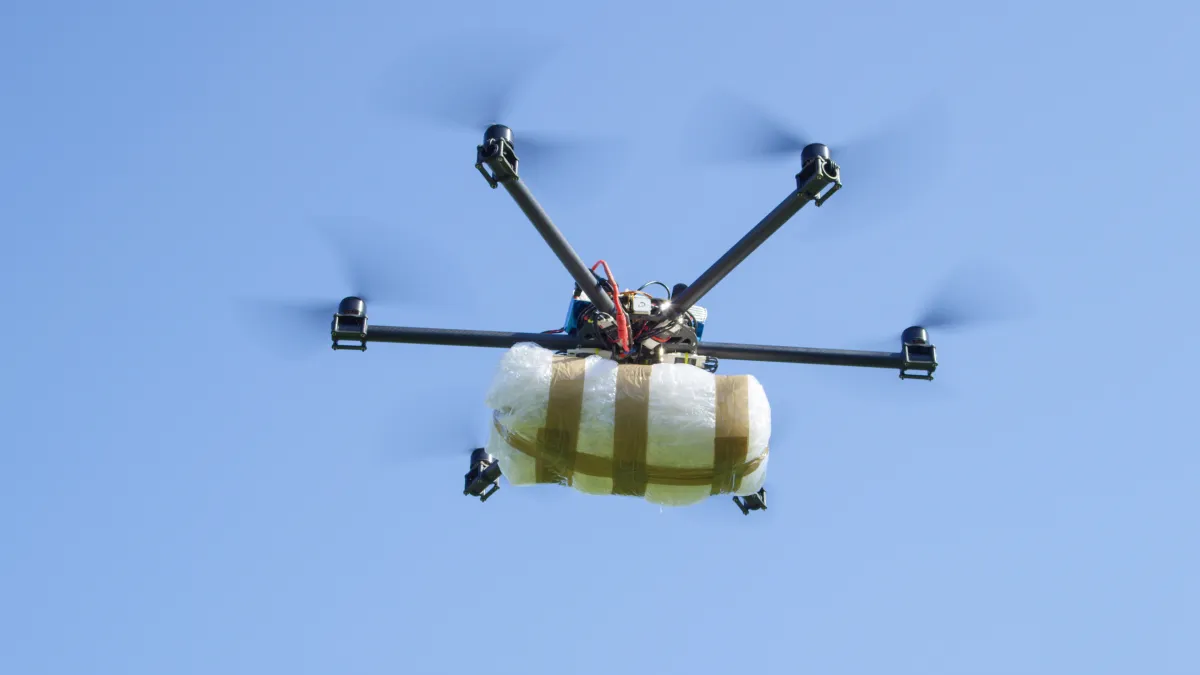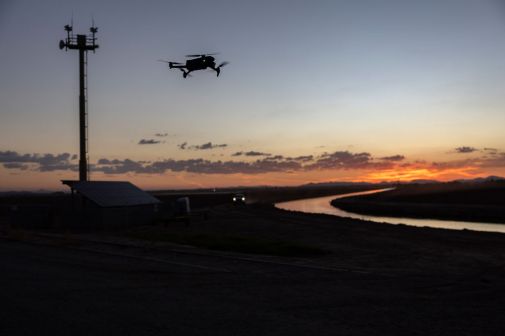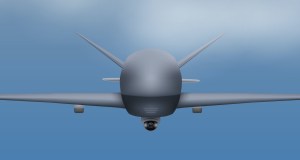Air Force testing microwave weapons to stop drones

The Air Force Research Lab wants to find new ways to stop potential drone attacks. Now it’s turning to microwaves as one possible solution.
The lab wants to create a high-power microwave weapon system that could halt an incoming unmanned aircraft or swarm of small drones. To bring this idea to life, the lab is seeking commercial partners to further prototype tech the lab has already developed. Stopping enemy drone attacks is a problem the military has been eager to solve as commercial unmanned aerial systems (UAS) proliferate on and off the battlefield.
The new program is part of AFRL’s Tactical High-Power Operational Responder (THOR) program that has been testing and developing directed energy for the past two years. Now, the new program dubbed “Mjolnir,” after the hammer Norse god Thor uses, aims to operationalize and advance more capabilities in using directed energy in weapon systems.
“After a successful two-year testing campaign, the AFRL team has learned a lot about the benefits of the technology and how it can be improved,” Amber Anderson, THOR program manager, said in a release.
Directed energy is a new category of tech that uses highly focused energy, often electromagnetic spectrum waves or laser beams, to disable or cause harm to adversaries. They can be used to fool incoming guided missiles or even attack humans by simulated burning sensations. When faced with drones, the weapons could disable a swarm of them without firing a physical bullet or launching a rocket, giving the operators greater stealth.
The tech remains nascent and has yet to be scaled, a problem the Mjolnir team want to solve.
“AFRL’s goal is to create a blueprint for our partners so these systems can be economically produced in large quantities, and to grow a fledgling industry that will become critically important as the U.S. strives to maintain our electromagnetic spectrum superiority,” Adrian Lucero, THOR’s deputy program manager, said.
The DOD recently signed a contract with Anduril Industries for an other type of counter-UAS tech. Their tools use an artificial intelligence-enabled sensing system to detect incoming small aircraft that could pose a risk to a base or other military options. Other options the DOD has looked at include drones that carry large nets to intercept incoming drones.






